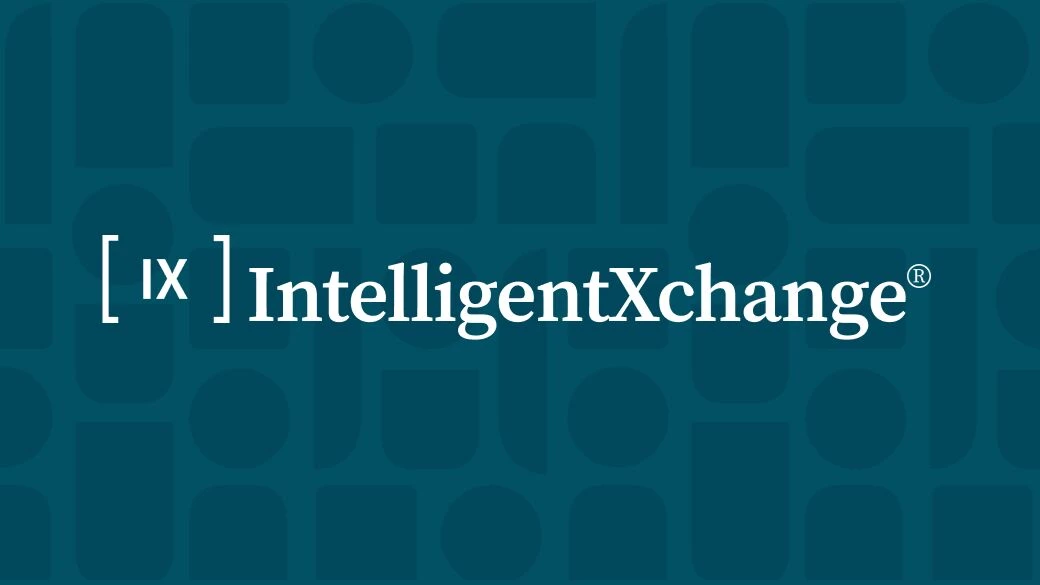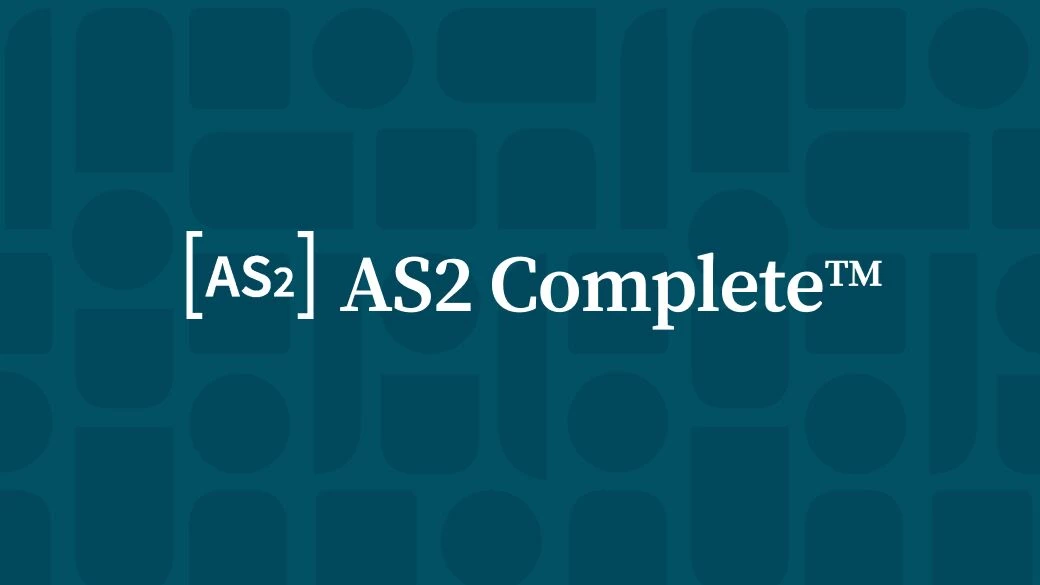
One computer communicates directly with another via EDI software that is either on-premises or cloud-based (SaaS).
Electronic data interchange is fast, reliable, and secure. Here’s why:
It keeps lines of communication open 24/7
It facilitates flexibility and cuts response time
It reduces mistakes and confusion
It gives you full control and visibility of your data
Ask yourself these questions:
Do your customers or suppliers prefer to use electronic data interchange? Do they require it?
Do you exchange a large volume of standard business documents with other companies?
Do you want to reduce the time and cost of manual data entry and document processing?
Do you want to make your business transactions more accurate and secure?
Electronic data interchange can help you save a great deal of time and money. Let’s look at what happens when you send a purchase order:
| Traditional | EDI |
| Buyer selects an item | Buyer selects an item |
| Buyer manually creates an order | Buyer puts number in PO |
| Buyer sends order by e-mail or snail mail | EDI instantly transmits order to supplier's entry system |
| Supplier receives the PO and manually keys information into their system | EDI syncs full and accurate order the instant it is received |
| Supplier sends a confirmation of the order | EDI automatically sends a confirmation when the order is received |
Greater Speed and Efficiency
Users can create, send, and receive multiple documents in seconds—instead of hours—then switch their focus to higher-value tasks. Electronic data interchange replaces slow, manual processes with an automated system for sharing information.
Efficiency. Choice. Compliance.
We’re not limited to basic software or a single system. We’re EDI specialists, so we can choose the best software for your budget and your business needs from our comprehensive set of solutions.
And, because we know the ins and outs of your industry, we can ensure full compliance and ease of use for you and your trading partners.
We can do that for you. We now offer a subscription with automatic delivery of upgrades, enhancements, security patches, and improvements. Our subscription guarantees that—as we continue to innovate and EDI continues to evolve—you will always have the best version of the software.
HQXchange™ [HQX] includes:

EDI HQ advanced mapping and translation software

IntelligentXchange [IX] visibility portal tool that works with any EDI translator

AS2 Complete data encryption software
HQXchange bundles our EDI HQ software, IntelligentXchange and AS2 Complete software solutions with our expert in-house technical EDI support, bringing you a new EDI platform with unrivaled depth and flexibility. HQXchange is available in two convenient subscription models: HQX Professional and HQX Enterprise.
Learn more about HQXchange


